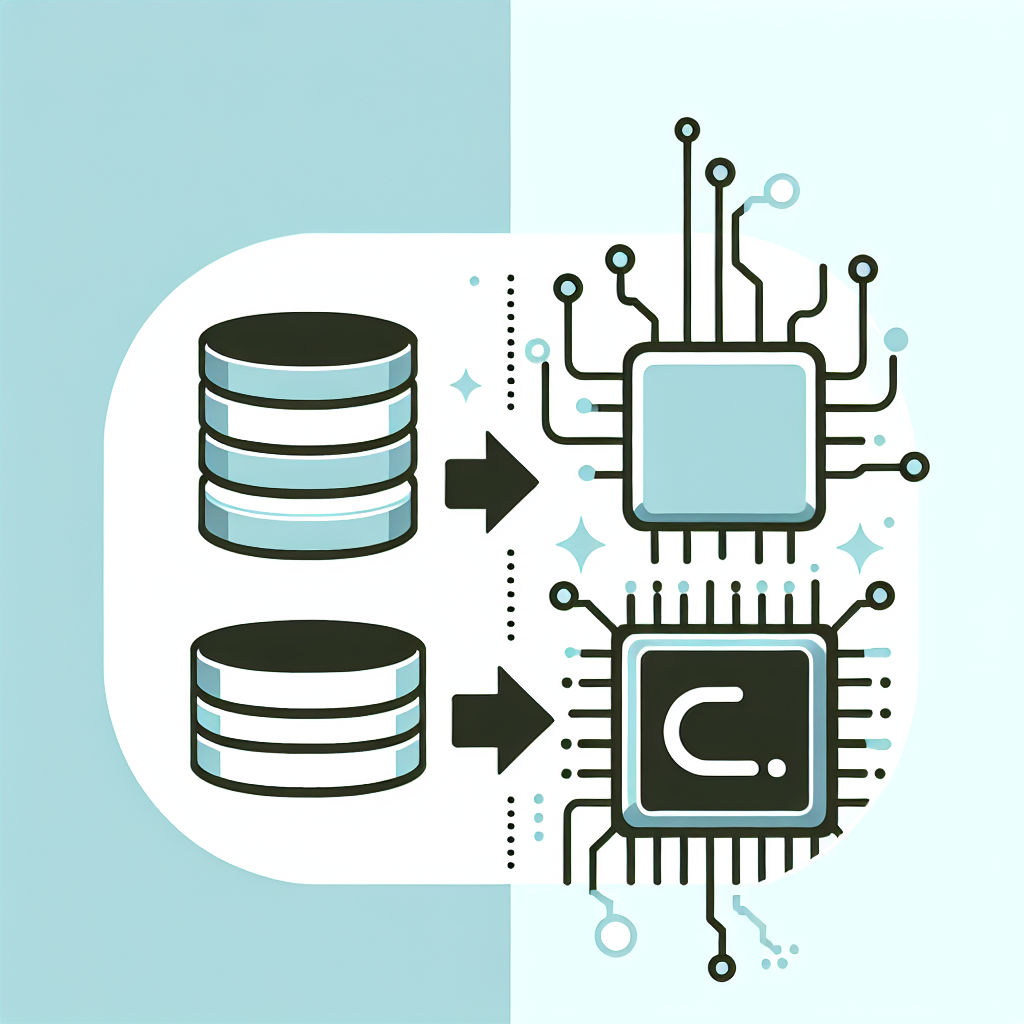Convert SQL to Assembly Code: Efficient Tool Online
Transform your SQL queries into efficient assembly language code seamlessly. Discover our powerful tool for optimized performance and precise conversions.
Source Code
Converted Code
Output will appear here...
Transform your SQL queries into efficient assembly language code with our cutting-edge SQL to Assembly Language tool. Ideal for developers and engineers seeking performance optimization, this tool streamlines database operations by converting high-level SQL commands into low-level assembly instructions. Enhance your systems efficiency and gain deeper insights into machine-level execution with ease.

SQL to Assembly Language Conversion Tool Link to this section #
Transforming SQL queries into assembly language can be a complex task, but our tool simplifies this process, making it accessible even for those with limited experience in low-level programming. This tool is designed for database administrators, software developers, and system architects who need precise control over hardware resources or are optimizing performance-critical applications.
Key Features Link to this section #
- SQL Parsing: The tool parses complex SQL queries, understanding SELECT, INSERT, UPDATE, and DELETE commands.
- Assembly Code Generation: It translates SQL operations into efficient assembly language instructions, suitable for various processor architectures.
- Optimization: Provides optimizations for performance enhancement, crucial for system programming and embedded systems.
Usage Link to this section #
Input SQL Query: Start by entering your SQL query. For example:
SELECT * FROM users WHERE age > 30;Select Target Architecture: Choose the desired processor architecture (e.g., x86, ARM).
Generate Assembly Code: Click 'Convert' to generate the assembly code. The output might look like:
; Generated Assembly Code MOV R1, #30 LOOP: CMP USER_AGE, R1 JLE NEXT_USER ; Process user record NEXT_USER: ; Iterate to next record
Benefits Link to this section #
- Enhanced Performance: Direct assembly code execution offers potential speed improvements.
- Resource Management: Provides fine-grained control over CPU and memory usage.
- Educational Tool: Ideal for learning how high-level database queries interact with hardware.
Considerations Link to this section #
- Learning Curve: Understanding assembly language requires a foundational knowledge of computer architecture.
- Specific Use Cases: Best suited for scenarios where performance optimization is critical.
For a deeper dive into how SQL and assembly languages interact, consider exploring resources like SQL Fundamentals and Introduction to Assembly Language.
Harness the power of low-level programming with our SQL to Assembly Language Conversion Tool, and elevate your system's efficiency.
Frequently Asked Questions
What is the relationship between SQL and assembly language?
SQL is a high-level language used for managing and querying databases, while assembly language is a low-level programming language that is closely related to machine code. They operate at different levels of abstraction, with SQL being more user-friendly and assembly language requiring detailed hardware knowledge.
Can SQL queries be directly translated to assembly language?
SQL queries cannot be directly translated to assembly language. SQL is typically processed by a database management system that interprets and optimizes the queries, eventually executing operations at the machine code level, which is closer to assembly language. This involves several layers of translation and optimization.
Why is it important to understand both SQL and assembly language?
Understanding both SQL and assembly language can be beneficial for optimizing database performance and understanding how high-level database operations translate into low-level system instructions. This knowledge is crucial for tasks such as performance tuning and understanding system architecture.